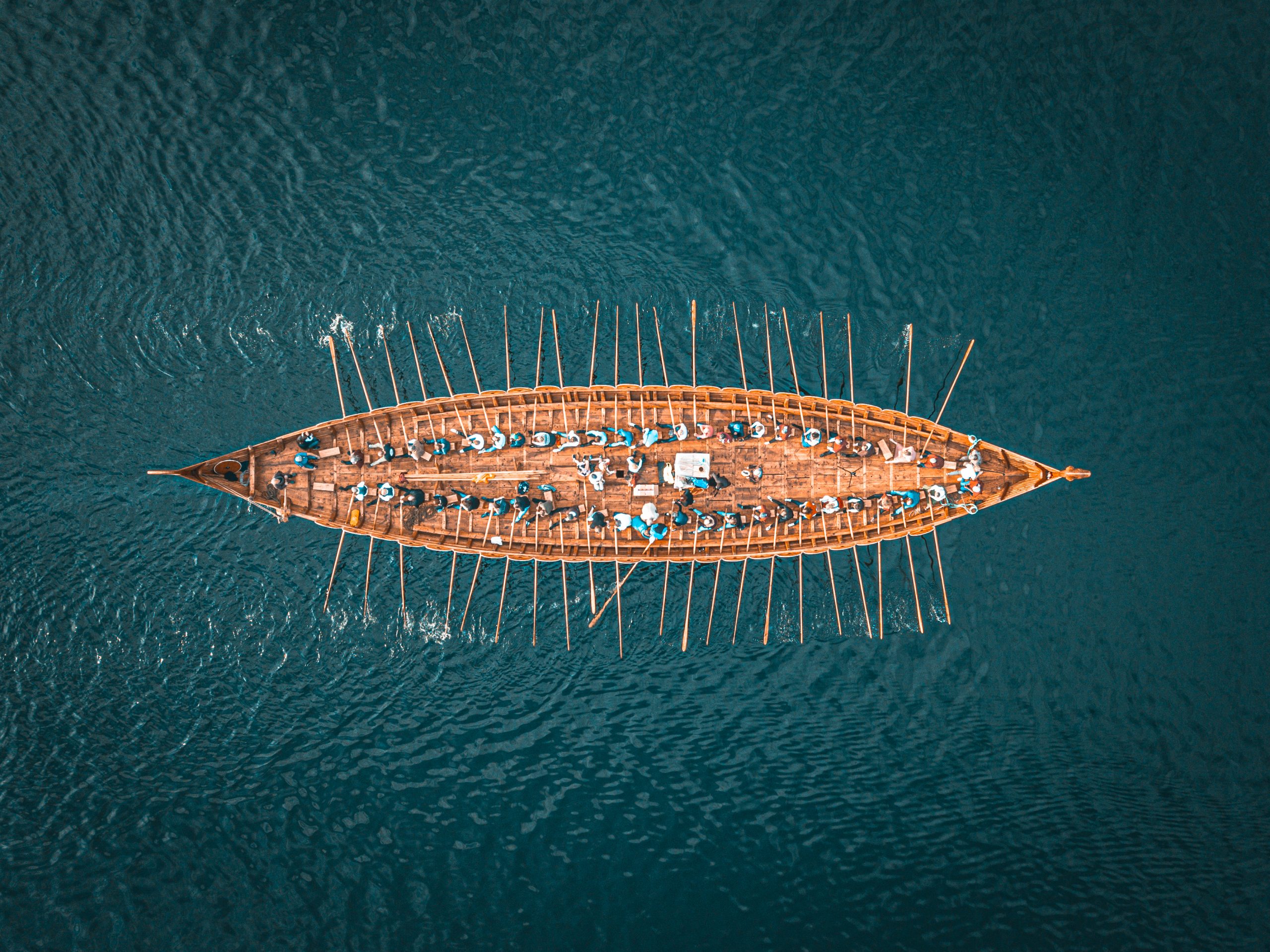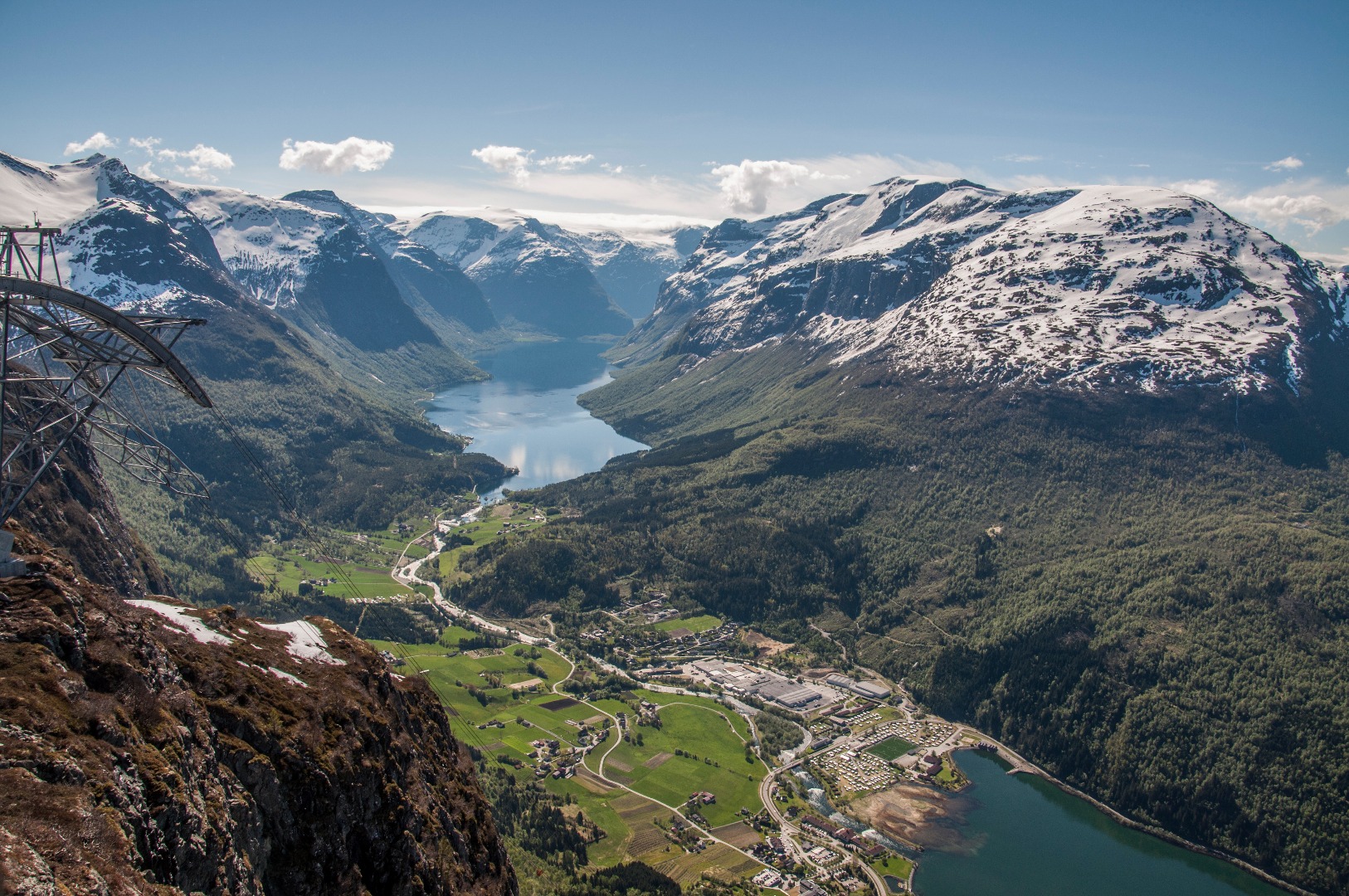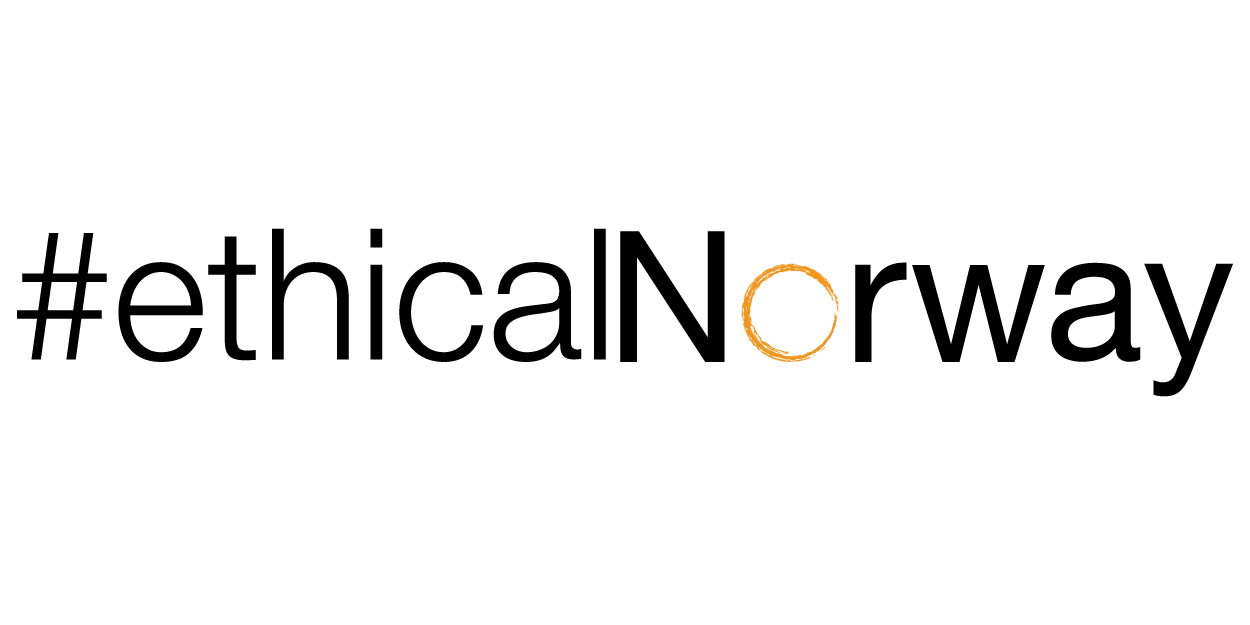
The Viking Saga of Royal Nordfjord
Nordfjord lies between the largest mainland glacier in Europe and Norway’s westernmost Atlantic Cliff. Spectacular mountains and valleys, rolling farmlands and a dramatic coastline give you a memorable introduction of what this corner of the world can offer.
Its geographic location immediately highlights the enormous potential of this region, nestled between the roaring waters of the Atlantic and the perpetually snow-capped mountains of the Jostedalsbreen Glacier. This strategic position has made it significant in past times, both logistically and culturally, for the population of whom Norwegians and the inhabitants of this region are proud descendants: the Vikings.
The area around Nordfjord has been inhabited for thousands of years. Archaeological evidence suggests that people have lived in this region since the Stone Age, engaging in hunting, fishing, and early forms of agriculture.
The Viking Heritage
The history of which we are proud here dates back to a bygone era, somewhere in the middle between the dawn of civilization and the modern times.
The Saga of Nordfjord defines these people, their culture and traditions. The story begins over 1200 years ago in the center of Nordfjord, where a mighty Viking ship, built to defend the honor and riches of a king, looms over the shore. The remains of that vessel, the Myklebust Viking Ship, were discovered in 1874 and proved to be one of the longest Viking ships ever found.
Today, much like yesterday, people travel for various reasons: for work, for adventure, and sometimes in search of new lands and better opportunities. The Vikings are perhaps the precursors of modern travel; their pursuits of intention, freedom, honor, and glory resonate within me and in my daily desire to explore. Their knowledge of navigation and open-sea travel has evolved over the centuries, and the experiences of others’ journeys have created a blueprint, an itinerary to follow in planning further excursions. It closely aligns with what I do on a daily basis.
The town involved in this extraordinary discovery and memory preservation is Nordfjordeid, a small town in the heart of this fjord. Its traditional wooden houses are among the best preserved in Vestland.
The Battle of Soskjel
The grave found here is dated to the last half of the ninth century. It is believed to belong to King Audbjørn, ruler of the Fjords during that period. Audbjørn met his end in a naval battle near Nordmøre, close to Solskjel Island. This battle, known as the Battle of Solskjel, was a significant event in Harald Fairhair’s campaign to unify Norway into a single kingdom. Audbjørn, alongside several kings from Sunnmøre, joined forces to resist Fairhair’s advances. Despite their valor, they eventually succumbed to Fairhair’s superior forces.
The cremation grave at Myklebust illustrates the burial customs of the time, intended to ensure Audbjørn’s passage to Valhalla. Ship-burning during burial was common in Western Norway during the eighth and ninth centuries, with the Myklebust grave being the largest and last known cremation grave from the Viking Age. As Christianity spread, cremation graves were prohibited due to their association with pagan rituals.
The Myklebust grave mounds were utilized for approximately 200 years, suggesting the presence of a center of power in Nordfjordeid, possibly a ruling family. Burial within these mounds was typically reserved for individuals of wealth and influence. The Myklebust mound, measuring 30 meters in diameter and almost 4 meters tall, contained the remains of a magnificent Viking ship and numerous high-status artifacts from the late ninth century. These artifacts provide insight into the lifestyle and beliefs of Norse society over a millennium ago.
 Unleash your inner Viking at Sagastad
Unleash your inner Viking at Sagastad
The story of the Myklebust burial mound is the focus of Sagastad, the new knowledge center dedicated to preserving and showcasing this significant historical site.
The architectural design of the building takes inspiration from the circular layout of a Viking Age grave. This circular space offers visitors the chance to view the reconstructed ship from various angles. Additionally, the room serves as a multipurpose area, featuring exhibition zones, spaces for boat building, crafts, music, dance, and social gatherings.
Both the exterior and interior wood surfaces are stained black, evoking imagery of the burnt boat. At the western end of the building, a gate with a slip allows for the launch of the boat during special occasions.
The ship has been crafted by the skilled artisans of Bjørkedalen, renowned for their expertise in woodworking and boatbuilding passed down through generations. They employed traditional tools and techniques that have been utilized for centuries.
The sharing of this ancient history and the dedication that locals have put and continue to put into preserving the memory and fostering the development of the area is just the beginning of what you can encounter when you visit the region.
Sagastad Viking Center tells the fascinating history and the story behind the ship’s reconstruction.

Nordfjord leads the way in welcoming conscious travelers
Nordfjord today has a focus on sustainable development and preserving its natural beauty. Tourism became an increasingly important industry, drawing visitors to explore the fjords, mountains, and glaciers. Today, Nordfjord is known for its stunning landscapes, outdoor recreational opportunities, and cultural heritage, attracting visitors from around the world.
How to visit the Nordfjord?
The Nordfjord is easily accessible by car, making it an ideal road trip destination starting from Oslo and heading north after exploring Norway’s other great fjord, the Sognefjord.
Additionally, daily bus services connect the region to Bergen or Ålesund. During the summer season, the Hurtigruten cruise ship passes through the fjord, while it stops at Måløy on the coast throughout the year.
Need help from a travel designer? Do you want to visit Nordfjord and Fjord Norway? We are here to help you tailor your dream holiday. Contact us here.
This article is written by Mathia Pacenti, who visited this region in March 2024 on an invitation from Innovasjon Norge and Visit Nordfjord.

